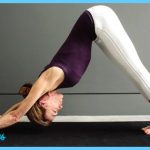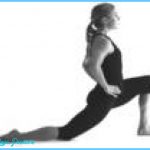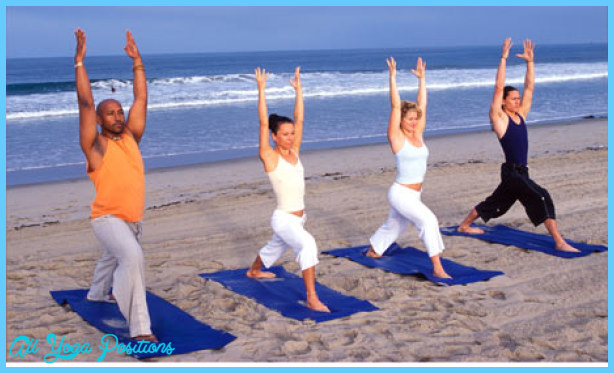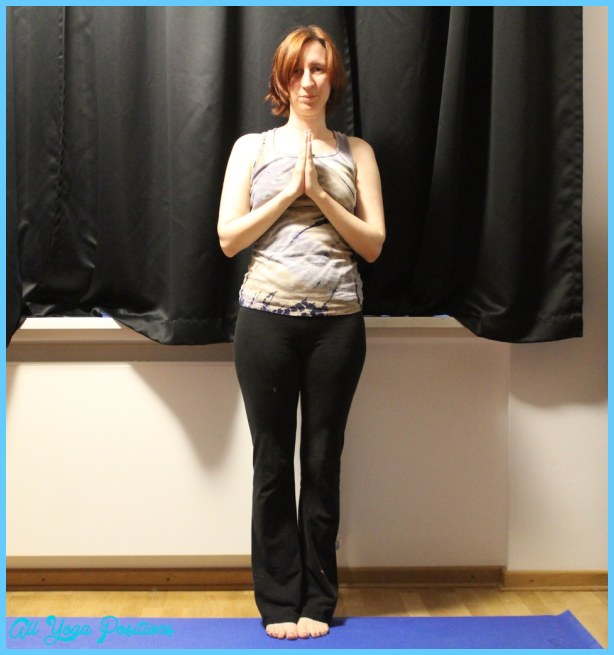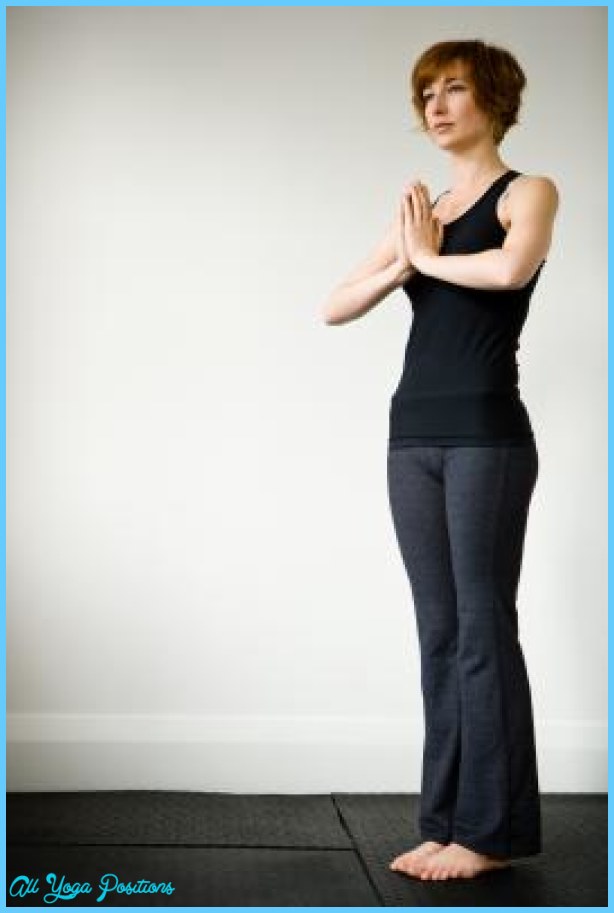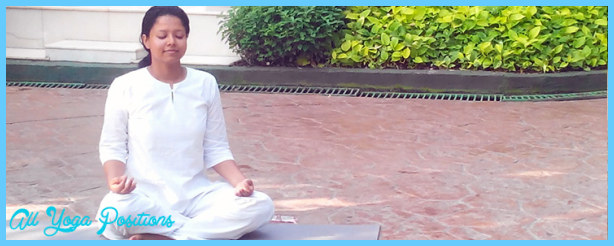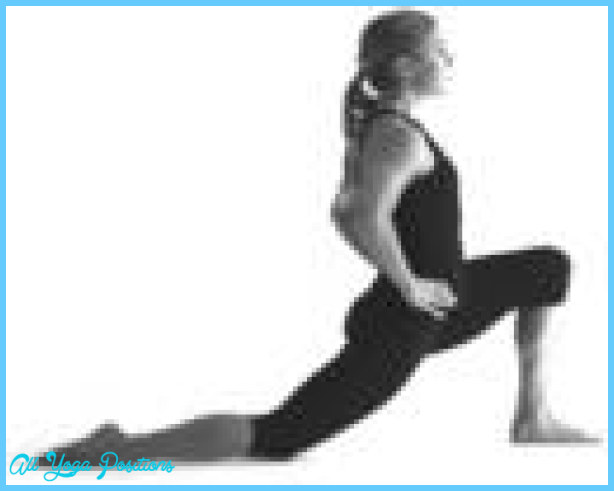Exhale and bring your hands back to the prayer position, then down to your sides, standing in Tadasana just as you began the Salutation in step 1.
With hatha yoga, it is essential that you learn the asana correctly. There are numerous poses and variations to fit every need imaginable. Beginners should start slowly and work into more advanced poses. All asana afford a wealth of benefits for the individual, no matter what level of yoga one practices. You may find that your yoga teacher uses a different name or alters the poses slightly from this chapter. Regardless of style or variations, the benefits remain the same. The Sun Salutation is the root from which many of the postures sprouted. If you can’t squeeze time into your routine for an extensive daily practice, make an effort to at least do the Sun Salutation: it alone will tone and stretch the entire body.
Learning about the asana may have enticed you to sign up for the first yoga class you find. But if you are new to yoga, you probably have some questions about classes and practicing on your own. Review chapter 5, ”Finding a Class and Developing Your Yoga Practice, before you embark on a series of asana or someone else’s? These are some of the questions you might ponder before signing up for a class. Here are just a few common reasons people embark on a yoga class, some of which may be your own.
STREET SMARTS
Joyce Thorton was dedicated to aerobics and worked out several times a week at the gym. “Some of the women in my aerobics class were doing yoga and kept touting the marvels of yoga. I felt pretty good with aerobics and didn’t think yoga would enhance that feeling or make me feel better. Instead, I found the classes to be incredibly meditative and my body is certainly more flexible. I’m in tune with my body in a way that I wasn’t with aerobics. Unfortunately, I’m not very disciplined about doing yoga at home, so I attend classes pretty faithfully. Yoga is now an integrated corner of my life. I teach preschool, and begin each class with the Sun Salutation. The students enjoy it and so do I.”
To get in better physical shape
For relaxation
For mental and physical flexibility
To strengthen the body
For stress reduction
Because a doctor recommended it
Because I tried it at a spa and loved it
For chronic pain
For a disease
To have fun
To enhance spiritual direction
Because it’s popular
Keep in mind that your purpose for taking a class may change. If you begin a yoga class with the specific goal of learning to relax, and you do learn to do so, then your purpose for continuing yoga will change.
By defining concrete goals or what you hope to gain from a yoga practice, your expectations will be better met. If after taking a few sessions it is clear objectives for pursuing yoga. Know what environment works best for you. Ask yourself these questions before you begin your search:
STREET SMARTS
Joel Sachs, a systems specialist from Annapolis, Maryland, speaks from experience when it comes to needing a yoga instructor: “I have taken yoga twice in my life, once to stretch my body for competitive rowing, the second time during a divorce when I needed some grounding. As far as I was concerned, yoga was yoga no brand names or different styles. The first class was was great. I felt like I was melting into the universe. It helped me let go, but I couldn’t remember the sequence of poses once I got home. The biggest obstacle, though, was travelling all the time and the lack of discipline to practice on my own. I absolutely need a coach or teacher.”
1. Are you easily distracted and do you find it difficult to focus in large groups? Do you feel you need absolute quiet to practice yoga or are you not bothered by occasional distractions?
2. Are you more comfortable in a small informal class or in a large class setting? Would you feel comfortable taking yoga in someone’s home, at the local YMCA, or in a gym?
3. Will a photo of a guru, flowers, or the presence of incense or candles bother you?
4. Are you looking for a special style of yoga or a blend of styles? Does the location satisfy these needs?
5. Is the location convenient? Will this be an issue and a possible obstacle?
After you decide the purpose, the style, and the environment, it’s time to search for a class and a teacher. Word of mouth or asking a friend who takes yoga is one way to find a teacher.
(Remember, though, the style of yoga that you are looking for may not match your friend’s style.) Another approach is to ferret out information on some of the styles you are interested in and sample a few different classes for at least a month and see what appeals to you. This is especially advisable if you are unclear about your purpose or what environment best suits you. component of finding a teacher is how you feel with that teacher, not whether he or she has a credential or has taught yoga for twenty years. As in any type of certification or program, it’s the ability of the teacher to transmit his or her knowledge in a way that is appropriate and comfortable for you, the student, that matters.
When searching for a teacher, make a list of what you desire in a yoga teacher. The following are some prudent questions and considerations when considering a teacher.
What is the teachers’ training or experience?
What types of yoga have they practiced or taught?
How long have they been teaching?
If you have an injury, such as a back problem, ask if the teacher has been trained to teach yoga for this specific injury. If not, ask them if they can suggest someone who has.
What’s the teacher’s philosophy and methodology? Observe a class to make sure they match your own.
Talk to the teacher and get an intuitive feeling for that individual.
If you have inhibitions or concerns about the class, talk to the teacher more at length.
Surya Namaskara begins in the same position as Tadasana Photo Gallery
Maybe You Like Them Too
- Pigeon Pose A Gentle Yoga Pose for Deep Stretches and Relaxation
- Yoga for Busy Lives 5-Minute Practices to De-Stress and Recharge
- Yoga for Weight Loss A Gentle Way to Get Fit
- Mindfulness in the Digital Age How to Find Balance Between Meditation and Technology
- Yoga for Shoulder Mobility 7 Poses to Open Up Your Upper Body

